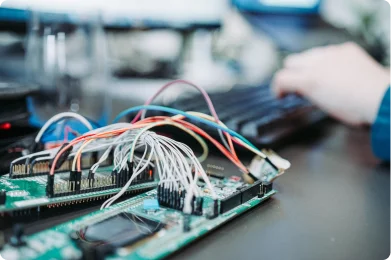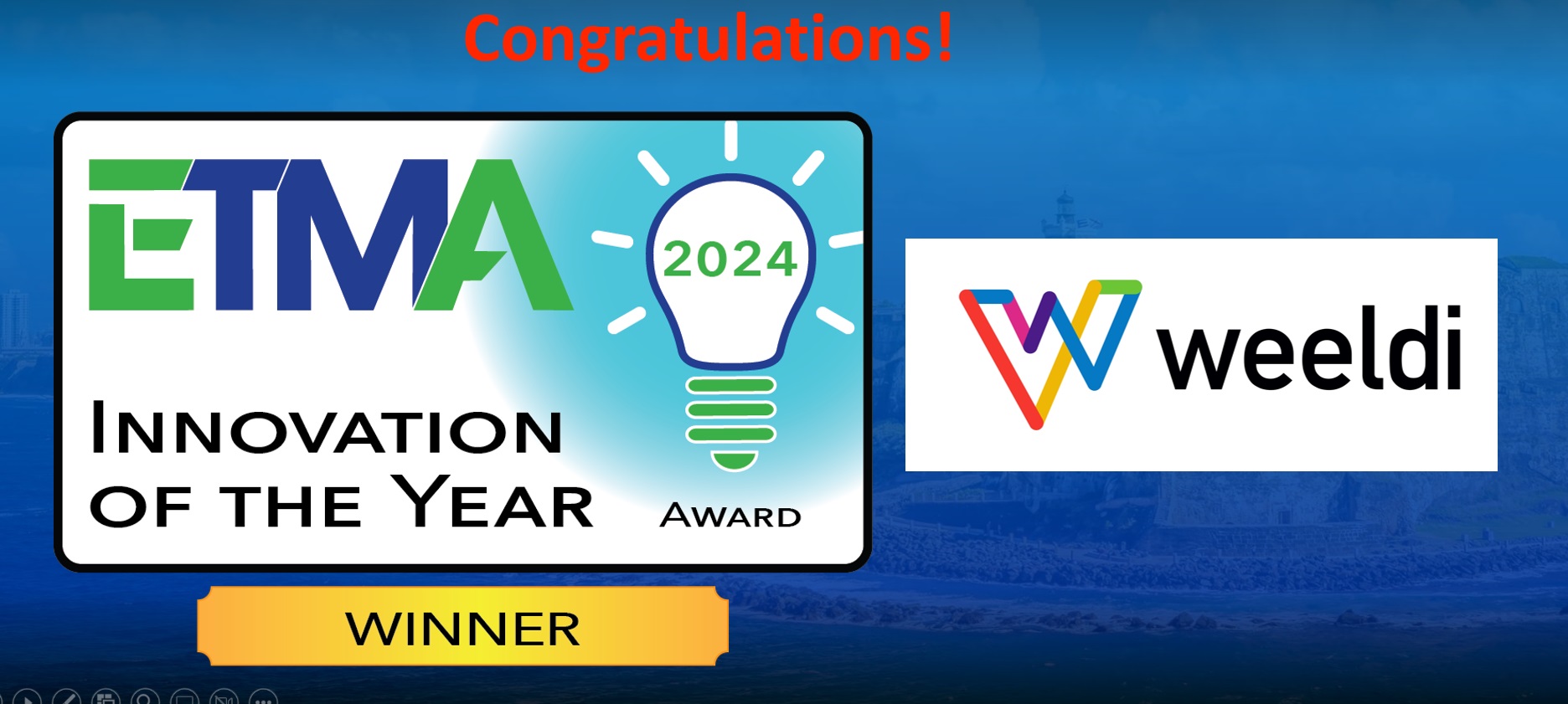uem/mdm
Unified Endpoint Management
Streamlining End User and Device Management for All Devices Remote and In-Office
Device management can be a complex, labor-intensive process with security and compliance challenges. Businesses must manage a diverse end-point devices (including smartphones, tablets, laptops, desktops, and IoT devices) with different operating systems and ownership models. It can take several IT hours to provision, manage and maintain compliance and security. Unified Endpoint Management (UEM) describes a set of technologies used to secure and manage a wide range of employee devices and operating systems from a single console simplifying endpoint management providing device security and compliance with corporate and government policies. UEM tools incorporate Managed Mobility Services (MMS), enterprise mobility management and (EMM) technologies — including mobile device management (MDM) and mobile application management (MAM) — with some of the tools used to secure desktop PCs and laptops. UEM tools provide visibility into what people are doing with corporate data and corporate apps, on any type of device including smartphones, tablets, wearables, and IoT devices. UEM helps manage and secure devices used to access corporate data outside the firewall. In addition, these tools streamline user management and authentication with multi-factor authentication to insure management of the organizations intellectual property. Increasingly Artificial Intelligence is being utilized to automate UEM processes and workflows.

UEM is crucial to safeguard sensitive data across diverse devices. UEM solutions enable IT departments to oversee and control all endpoints, ensuring consistent security policies, compliance, and seamless user experiences across different device types and operating systems.
They also integrate with identity and access management (IAM) systems to ensure that only authorized users can access corporate resources.
Unified Endpoint Management addresses the complexities of managing diverse and distributed work environments. It provides a holistic approach to endpoint security, ensures compliance, enhances productivity, and supports the seamless integration of various devices and platforms. By adopting UEM, organizations can streamline IT operations, reduce costs, and improve their overall security posture, making it a crucial component of their IT strategy.
Key Features and Benefits of UEM
Centralized Management: UEM platforms provide a single console for managing all endpoints, simplifying administration and reducing the need for multiple management tools.
Enhanced Security: UEM solutions offer robust security features such as encryption, remote wipe, and access controls to protect sensitive data across all devices.
Device Configuration and Policy Enforcement: IT administrators can configure device settings, deploy applications, and enforce security policies consistently across all managed endpoints.
Support for BYOD and CYOD: UEM supports Bring Your Own Device (BYOD) and Choose Your Own Device (CYOD) policies, allowing employees to use their personal devices securely for work purposes. It ensures that personal and corporate data are separated and protected.
Application Management: UEM allows for the deployment, updating, and removal of applications on managed devices, ensuring that users have access to the necessary tools while maintaining security.
Compliance and Reporting: UEM solutions provide tools for monitoring compliance with corporate policies and regulatory requirements. They generate reports to help organizations meet auditing and compliance obligations.
Support for IoT Devices: As IoT devices become more prevalent, UEM platforms are equipped to manage and secure these devices, ensuring they do not become entry points for cyber threats.
The Future of UEM
One of the latest trends among UEM vendors has been to include tighter integration with unified endpoint security (UES) systems to provide greater visibility into device security from a central administrator’s console. UES enhanced with AI help organizations deliver a coordinated response to detect and address vulnerabilities and security incidents.
Along with improved coordination and reduced friction between IT operations and security teams, the combination of UEM with UES will also enhance worker experience by reducing complexity.
Gartner also sees virtual desktop infrastructure or DaaS, analytics, and ML as a means to enable self-healing and self-tuning systems or “Intelligence-driven experience automation (IDEA), for richer user experiences.
End Point Management is an important extension of offerings ETMA members provide for their clients. At a recent ETMA conference, this topic was highlighted with a panel on: Convergence and the Digital Transformation of Our Businesses from Expense Management into Asset Management, End Point Management, Workplace Management and More.

